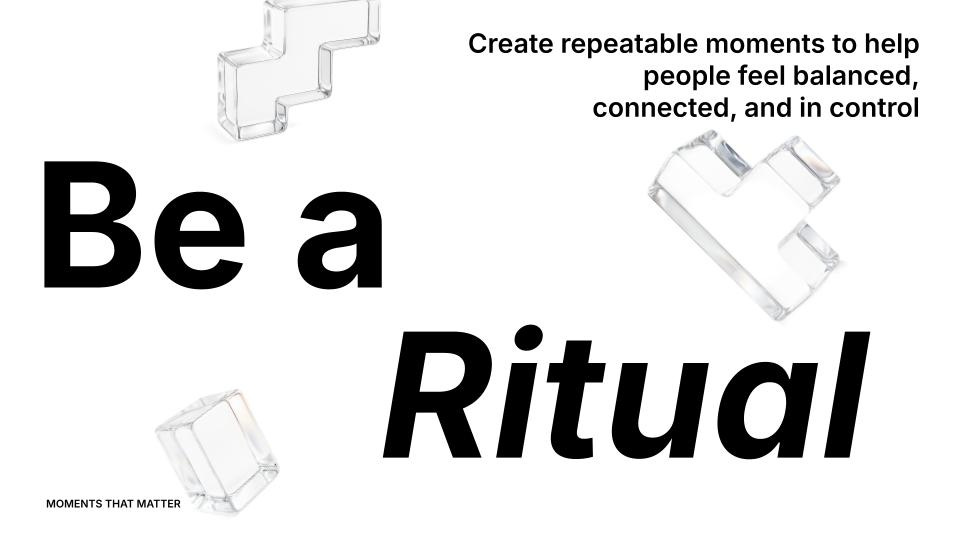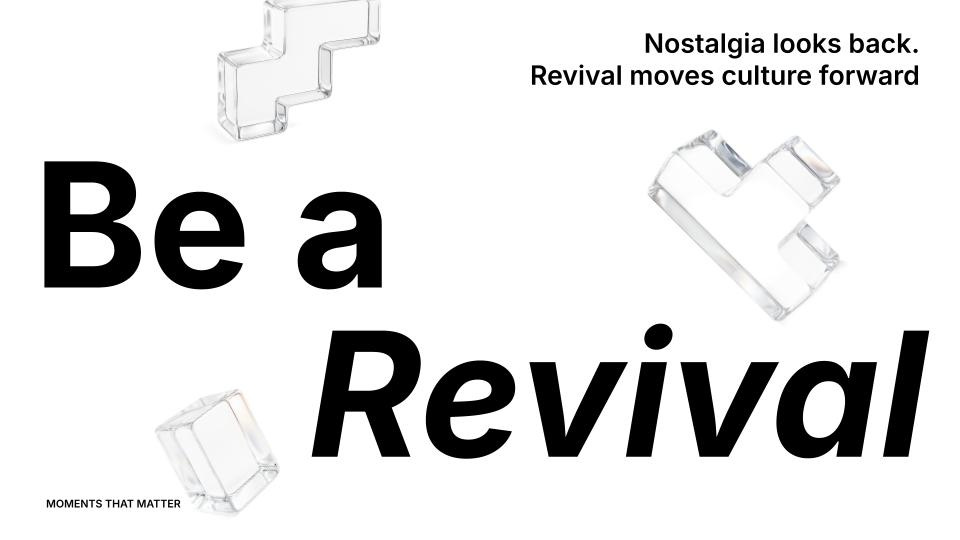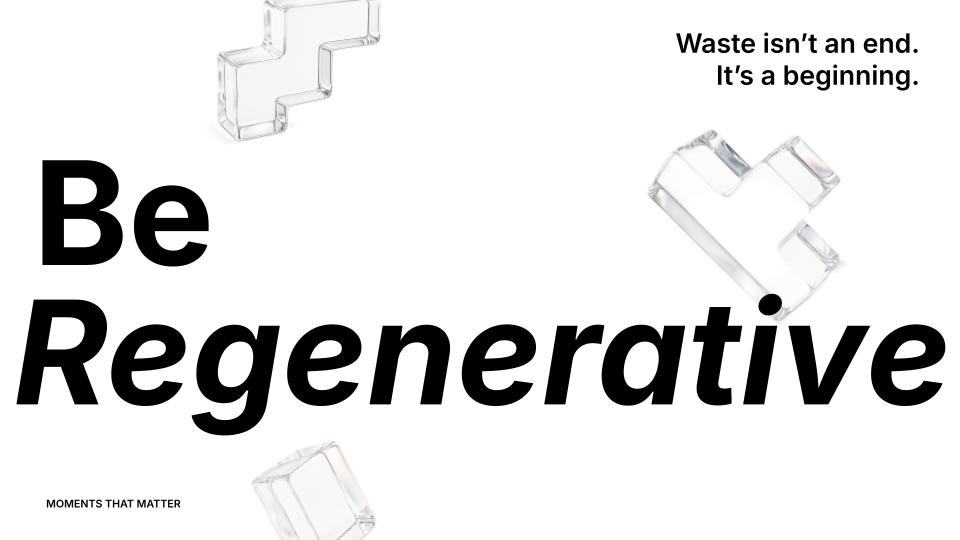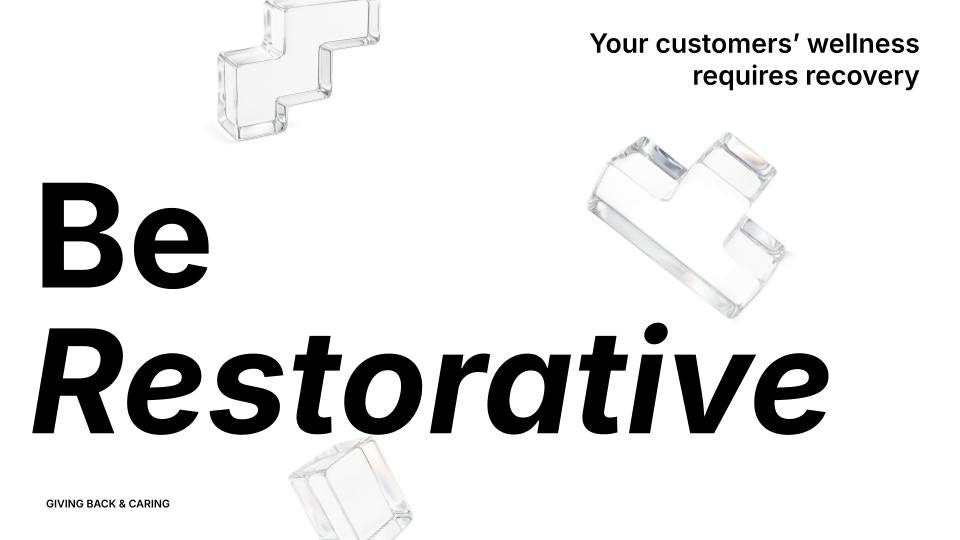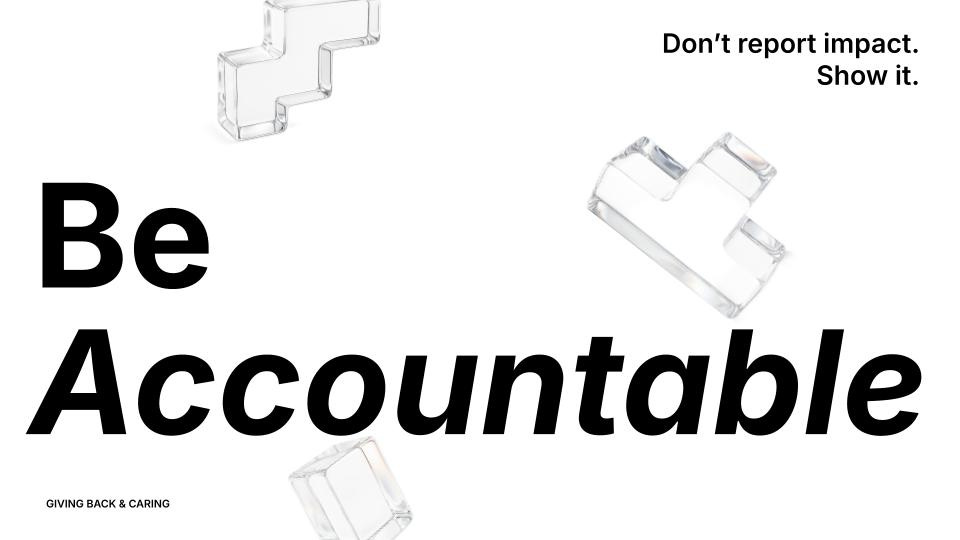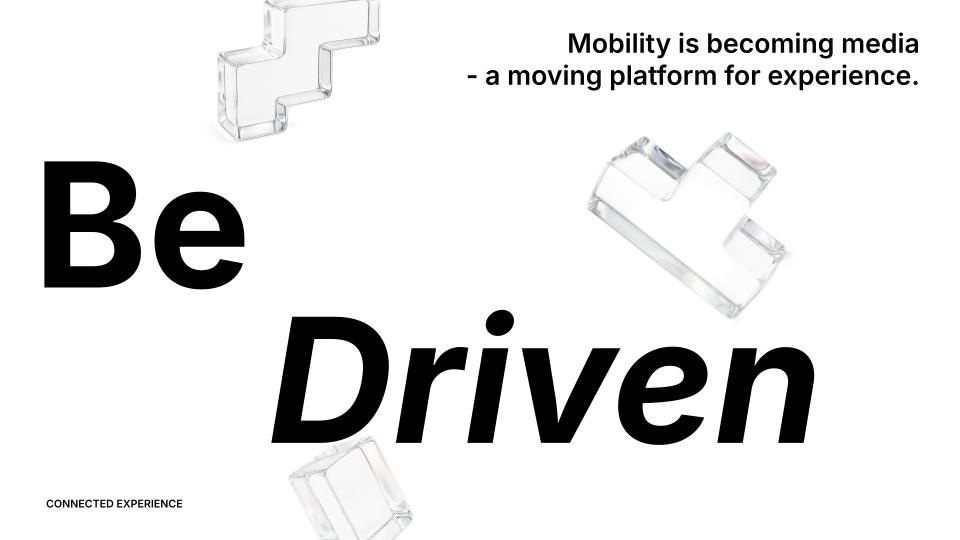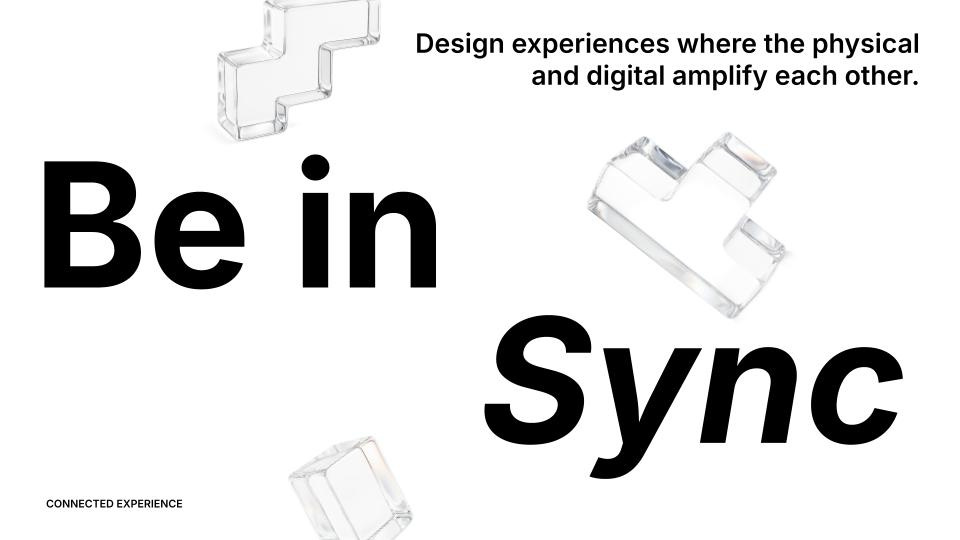To Be In 2026
Ten strategic ideas for how your organization can connect more deeply with customers in 2026 — drawn from hundreds of signals inside a Trends Graph I recently developed.
How could the organization you work with connect more deeply with its audience in 2026?
In this email, I outline 10 ideas for what your organization can be next year.
To build them, I used a Trends Graph I created over the summer for Waldo’s AI insights engine. It captured hundreds of emergent signals across dozens of industries and audience groups. The graph is built on two decades of pattern recognition experience at PSFK, and so by applying that lens to the latest data, I surfaced the following ten activation strategies that feel relevant to almost any modern brand or retailer.
- Piers, PSFK
(If you want the deeper dive, you can read the full report, view the summary deck, or watch the webinar from last week)
1. Be A Ritual
To start, let’s look at this idea around helping people enjoy the small moments people repeat at daily or regular intervals. Across the Trends Graph, I saw organizations elevating everyday actions into ceremonies - morning sets at Ryze, Chick-fil-A’s Day Bright Café, and a ‘At Home’ OOH campaign by Dunkin that aims to evoke home-centric rituals.
As retail innovation expert Michael Abata noted during last week’s webinar: “There’s real growth in these small, repeatable moments. This is where loyalty is built.”
The opportunity for brands in 2026: Don’t make campaigns; make repeatable brand and retail touchpoints people want to return to.
2. Be A Revival
Heritage has power, but only when it’s reinterpreted for new audiences. The revival signals we tracked weren’t nostalgic throwbacks—they were recombinations: Volkswagen bringing Polo and GTI into the EV era, Paris bakeries resurrecting retro desserts with contemporary flavor logic.
As Mike Peck of Brooks Running put it when I spoke to him: “Revival isn’t pulling something from the vault. It’s bringing heritage forward with the people and technology shaping what’s next.”
For many brands and retailers, revival isn’t just cultural strategy—it’s accessibility strategy. Remixing the past opens the door to audiences who may never have seen themselves in the original.
3. Be Collectible
Collectibles have long been a way for people to express identity, join communities, and take part in cultural stories. Brands have been part of this fan culture and today, there’s an opportunity for connect by designing brand tokens of belonging. Across the data collected in the trends graph I saw brands using collectible formats to create access points into their worlds—from Swarovski x Minecraft to Kith x Nanzuka to hyper-creative K-pop Demon Hunter packaging.
Brand innovation expert Val Vacante said it best on the webinar: “The magic isn’t in the item. It’s in the moment, the memory, and the community that rallies around it.”
2026 advice: Treat collectibles not as merch but as cultural connectors.
4. Be Regenerative
Next year think about how your organization can give back more than it takes. Regeneration goes beyond reducing harm. It’s about designing products, systems, and supply chains that return value to people and the planet. The Trends Graph surfaced fashion partnerships like Under Armour x UNLESS creating plant-based performance wear, beauty brands such as McHan Organics turning cocoa waste into high-value skincare, and travel operators like Red Sea Global designing hospitality as ecosystem restoration.
For 2026: People want to see what your brand or retailer gives back, not the footprint it leaves behind.
5. Be Restorative
How can you organization get people tune back in and feel ready for what’s to come in 2026? People are choosing experiences that help them recover and feel restored. Robotic massage pods, red-light therapy booths, and recovery-first footwear are showing up in gyms, shops, workplaces, and travel hubs, turning everyday touchpoints into small restorative resets
As Donna Dei-Baning from the Martin Agency told our audience last week: “The most relevant brands will be the ones that help people feel restored. Brands that can actually calm the noise.”
Your 2026 challenge: Build restoration into your experience—products and moments that reduce friction, lower stress, and help people feel steady again.
6. Be Accountable
When it comes to an organization’s approach to sustainability, consumers want outcomes, not promises. In the data held within the Waldo trends graph, I could see a sentimental shift against corporate reporting and towards proof. CAVA tying openings to food-bank donations, PureGym connecting workouts to hyper-local causes.
As marketing expert and Giuseppe’s Glimpse Substack-newsletter author Giuseppe Stigliano told me last week: “The future belongs to brands that create profit and positive impact at the same time.”
In 2026, channel your brand or retailer’s sustainability strategy towards being accountable.
7. Be A Guardian
Wearables and IoT are re-emerging—not as gadgets, but as ambient layers of protection for the home, body, and journey. The strongest examples weren’t intrusive; they were subtle. Air quality monitors that disappear into furniture, mobility features like Heineken’s distraction-reducing mobile service in Finland, stress-detecting rings and silent sensors feeding coaching systems.
Giuseppe also noted: “Tech will become far more present but far less visible.”
Brands and retailers can take the same path: intelligence that reassures without overwhelming.
8. Be Driven
Vehicles are becoming adaptive environments—entertainment hubs, wellness pods, creative offices, and commerce portals. Huawei’s M9 is a preview of cabins that update constantly, read context, and shift modes based on need. Or take a look at Sharp’s concept car/living room.
Cars aren’t products anymore; they’re platforms. The commercial opportunity lies in the layers built around movement: content, service, loyalty, identity.
9. Be In Sync
2026’s best brand experiences will move fluidly—across channels, across mediums, and across time. Brands need to design for continuity and make sure they don’t separate the physical and digital consumer experience.
Examples in my research included Netflix House blending streaming worlds with physical play. Or in China drivers of new XPeng cars can launch emoji bombs visible only through the car’s AR windshield display(!)
People want moments that travel with them. An opportunity for the brand or retailer is to keep the story coherent as it jumps screens, spaces, and situations.
10. Be On The Fly
2025 was the year of agentic AI. 2026 becomes the year of AI data.
Brands will shift from using oversized, pre-trained models to employing lighter and more nimble agents that adapt in real time: models that learn what they need, when they need it, by accessing the right data at the moment of action.
That requires something simple but not yet common: fluid, on-demand access to trustworthy domain knowledge. This is where I see the future heading - and why I’ve been developing Fodda (ah-ha!): a marketplace for AI-ready knowledge graphs that plug directly into these emerging agent systems.
2026 priority: Equip your AI stack with differentiated, business-specific data. Think of it as the intelligence layer your agents will need in order to act with context. DM me on LinkedIn if you want to know more about this and Fodda.
*****
If you want the deeper dive, you can read the full report, view the summary deck, or watch the webinar from last week. If you’d like me to present the trends I’m tracking — on a call or in person — drop me a line at hello@psfk.com.



